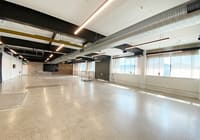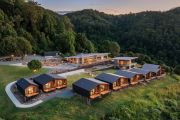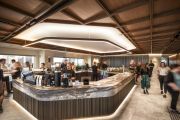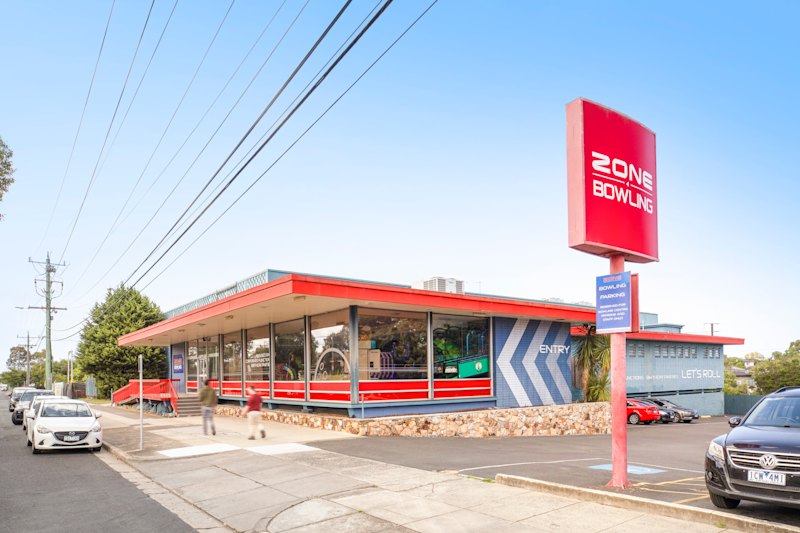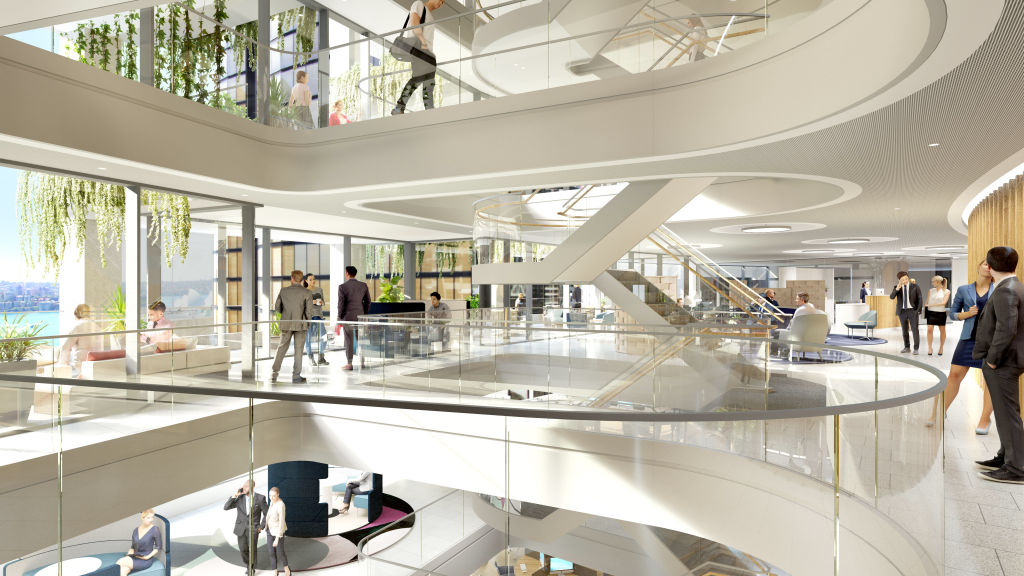
Wellness now a key factor for firms when choosing a new office
In just the past two years, wellness has risen to become one of the top three decision-making drivers for office space, along with access to transport and amenity, according to major commercial real estate investment management company JLL.
“More frequently wellness is a key driver because occupiers want to offer more for their staff, both to attract employees and to retain a thriving, productive workforce,” said JLL’s head of office leasing NSW Daniel Kernaghan, who’s currently leasing the premium-grade office tower Grosvenor Place near Circular Quay, which has a variety of these staff and client amenities.
“Employee health and wellbeing is a massive consideration for employers now, and it should be.
“Wellness factors include occupants’ access to outdoor space and fresh air, the sustainability qualifications of buildings, the provision of gyms and organised activities for health and fitness, including wellness seminars to increase knowledge and awareness. Rising trends are for hospitality-style amenities and to activate vibrant spaces that focus on the human experience – namely happiness.”
On a very basic level, that can mean sit-to-stand desks, office layouts that encourage workers to walk around, prominent staircases and the promotion of walking meetings, all aimed at increasing incidental physical activity at work.
“It also involves access to different spaces in the workplace – private relaxation spaces, quiet work spaces, meeting spaces and community spaces – to promote engagement and involvement,” said Richard Fennell, JLL’s head of property and asset management.
“Community engagement initiatives, like helping a local charity or taking part in Clean-Up Australia Day, for instance, helps people feel good about themselves. Then having parks or outdoor garden sites or walls of plants also gives people a sense of wellbeing and comfort.”
At Grosvenor Place there are already complimentary yoga, pilates, meditation and boot camps offered to its occupiers.
“The wellness focus will be taken further to the office floors soon to be refurbished, on levels 17 to 20,” Mr Kernaghan said.
“This work will include activating the exclusive terrace areas for the use of the end customer whose staff will benefit from green space, fresh air, harbour views and direct sunlight.”
Mr Fennell said retail premises have often led the way in the wellness movement as they rely on attracting customers, and making them feel good, to survive.
Business parks are joining the movement, often having gyms, good food outlets and other campus-like activities.
Natural light and good air quality are critical factors that are only now being understood, said Cliff Ho, chief executive and co-founder of coworking space company The Commons.
“According to a study by the World Green Building Council in 2016, natural lighting can contribute infinitely to productivity,” he said. “In fact, workers in offices with windows get 46 minutes more sleep each night than those that don’t. So if natural lighting isn’t a possibility, mimicking natural lighting is imperative.”
A study out of Boston also found that if companies invested just $US40 ($56) per person each year on indoor air quality, the performance of workers improved by 8 per cent – the equivalent of a $US6500 ($9200) increase in employee productivity each year.
“In addition, enhanced ventilation has been shown to reduce absenteeism and improve health,” Mr Ho said.
It’s also becoming much easier these days to quantify the effects of initiatives to improve workplaces. For human geographer and Cushman and Wakefield tenant advisor Tica Hessing, that’s vital.
“I create workplace strategies for companies by merging real estate with human behaviour,” she said. “In order to create the best workplace experience, you need to be able to track people’s behaviour so we have new technologies that operate rather like Fitbit plus an old-style mood tracker.
“Then you can see how people feel in the workplace and whether they’re well, happy and productive, and devise strategies to improve the workplace if they’re not, and see exactly how effective they prove.”
A business doing it right
Property developer Lendlease has a reputation for being at the forefront of health and wellbeing in the workplace.
Buildings are designed with a range of desk height settings, prominent stairs between floors, meeting rooms with lean rails to persuade people to stand during meetings, and social areas to encourage interaction.
“Research has found that if you have a best friend at work, then you’re six times more likely to be engaged at work,” said Lendlease head of workplace health and wellbeing Duncan Young.
“So we create places for making social connections and help people meet each other.
“We spend a third of our lives at work, so it’s important that the institutions where we spend our time have a positive influence on our health. We have a four-pillar approach to wellbeing: supporting healthier minds; building healthier places; developing healthier bodies; and creating a healthier culture.”
Initiatives at Lendlease’s offices at International Tower One at Barangaroo include quality end-of-trip facilities, plenty of green plants around buildings to improve the quality of air, the provision of fruit and healthy snacks, walking meetings, individualised health plans and three “wellness days” off a year.





